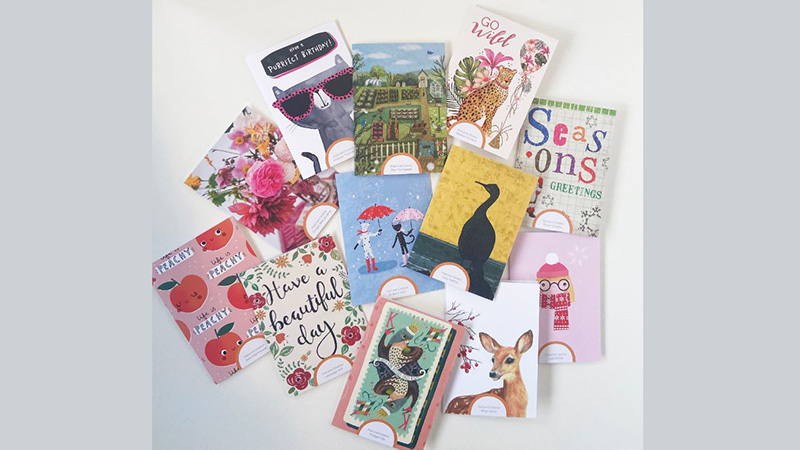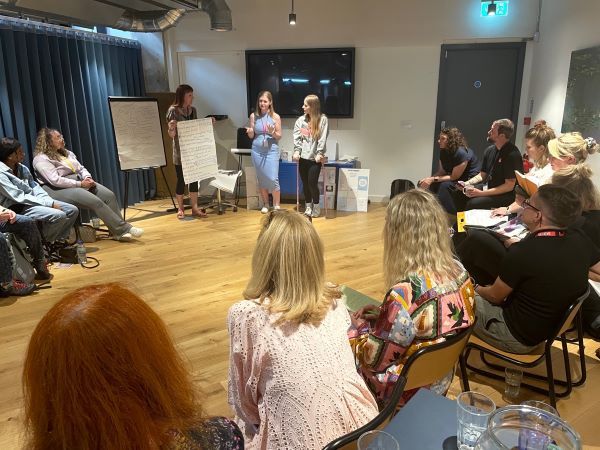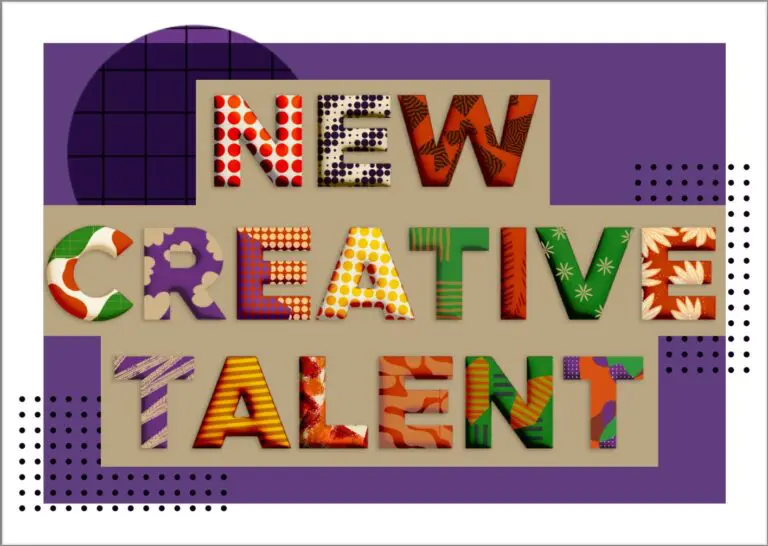
There are lots of ways for artists to get into the greeting card industry, see GCA guide for Artists.
Do consider the various paths carefully to decide which one is best for you. If you want to spend your time designing rather than self-publishing, one route is working with an artist’s agent. Being represented by an agent has many advantages; an agent will represent you and your work, will have established connections in the trade, and can therefore promote your work to a wide audience. The alternative is to work purely as a freelancer, but you will need to build your own contacts and work to licensing or sell your designs yourself.
There is no right or wrong when it comes to which path you take on your illustration journey, some creatives prefer the freelance life whilst others like to have an agent. Both are equally rewarding and give you the freedom and variation you want within your career.
What is an artist’s agent?
An agent is a representative for your work, like an estate agent, sales agent or talent agent they will showcase a portfolio of content to clients.
A good agent will go further than just representing a body of work. They will work closely with you to make sure your portfolio is constantly evolving and commercial for the industry you wish to work in. They will personally represent you and your portfolio, knowing where to pitch, who to pitch to and how to negotiate terms and contracts.
An agent will also do much more than just generate sales from your existing portfolio, they will guide you to create new content in line with industry and client’s needs. Generally, with a creative background, they will be your personal art director. Many greetings card ranges start as an idea between you and your agent long before a publisher has seen the initial concept or finished range.
Working closely with clients, as an external art director, an agent is a go-to for many publishers when looking for new styles and concepts, being a reliable source for new talent and taking the pressure off in-house studios.
Read blog by artist’s agent Hannah Curtis , owner of Creative Sparrow, an agency representing creatives across the greeting card and stationery industries for further insight.
The benefits of working with an agent
Having an agent offers security and allows you to concentrate on your creativity. An agent will negotiate fees & rights, schedules and contracts. They are representing you, so will strive for the best fees for you and will guide you through the license or project from start to finish.
They will guide you creatively and work closely with you to develop your portfolio to be commercially saleable. An agent will also provide help and advice as well as regular mood and trend boards to inspire your work.
A good agent will have a wide reach with an existing body of clients that they will showcase your work to. So your portfolio will be seen constantly & consistently. Many clients rely on agents to find the right illustrator for their project and to remove some of the workload from their busy schedules.
How much will an agent charge?
An agent will charge between 30-40% commission which might feel like a chunk of your earnings, but the service they offer gives you the time to concentrate on what you love and are great at. They will take the admin away from your daily workload enabling you to concentrate on being creative.
How to find the right agent
Every agent offers something different, so it is key that you get to know the different agents and agencies and find the one that suits you best. Some agencies are large and work in multiple industries which might not suit your needs, others are small and can dedicate the time and attention for artists and illustrators new to the industry.
Visit the GCA Directory to find GCA members offering services to artists.
Building a long term relationship
It is important that an business agreement you enter into is clearly documented so that you both understand what you are committing to do. An agent will ask you to sign a contract, these can vary from agent to agent and can be personalised depending on the representation you have discussed and agreed.
Agent contract
The contract should include the following:
- The territory you are being represented in
- Details of any exclusions such as specific industries / products
- Existing clients you wish to continue working directly, not involving your agent
- Copyright and IP retention
- Notice period & termination terms
Think about what you want included in your agents agreement. Agents will generally have their own standard contract which is a good place to start. Read it thoroughly, discuss any points you need clarification on, and amendments or additions you’d like to be made.
A contract might feel daunting but it is there to protect you as the artist, and the agent. A contract documents your agreement, making sure you are both clear on the terms of representation agreed.
The GCA recommends seeking legal advice before signing an agreement, there are specialist legal experts in our membership who could advice if necessary, see our Members’ Directory.
Below are some top tips on how to find the right agent:
1. Do your research
Know what you want from representation and do your research on which agent or agency suit your ethos. The relationship with an agent needs to be a personal one, it’s a journey rather than a business transaction so make sure you are aligned with your agent.
Are there specific product markets or territories you want to work within? Many agencies focus on a small group of related industries, giving them the expertise to market your work to specific areas rather than across all creative industries.
Is there anything you don’t want to do? Many agents work in various industries, others specialise in just one, which suits you best?
2. Present your portfolio professionally
Make sure your portfolio is well presented and easy to view, PDF’s work well.
Don’t send huge files or vast amounts of links to multiple places, make it easy for the recipient to view your work.
Show a variety of work if you have it, include mock-ups & product, it’s great to see how your work translates onto tangible product.
3. Introduce yourself
Send a personal note as part of your submission, perhaps an illustrated bio, showing your studio, your pet or a doodle of yourself.
Include any relevant background and training, previous clients and dream clients. It’s helpful to know not only who you have worked with but who you want to work with.
Add a fun fact or little bit of what you like doing outside of your illustration work, it helps the recipient get to know you.
4. Don’t let a ‘no’ get you down.
There are many reasons an agent or agency might not take you on, don’t let it get you down.
It might be that your work is similar to another illustrator they represent. They might not have the right client base for your style. They might have a limit of how many illustrators they take on or want to represent.
Keep developing, take part in creative challenges and awards, and join relevant bodies and organisations, grow your network and try again, it might be that timing just wasn’t right.
Further information
Do read the GCA’s Becoming a Greeting Card Designer blog, if you haven’t already.
Whatever route you decide is best for you, it is important that you understand about Copyright and Licensing, see GCA blog for more information.
There is a lot more information in the GCA Members’ Library to guide you and provide support as you move forward. To join the GCA click here.





